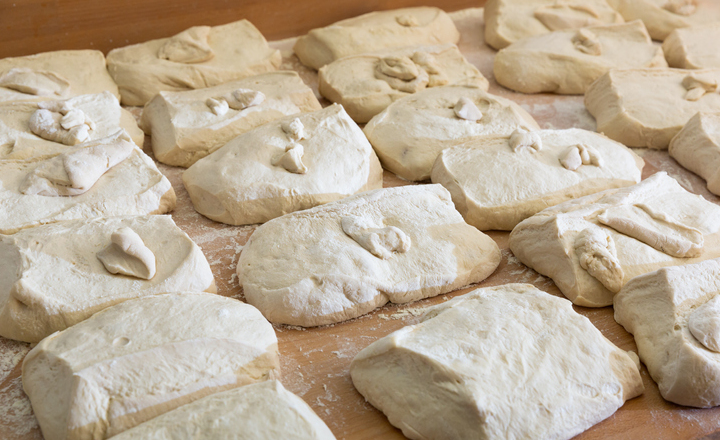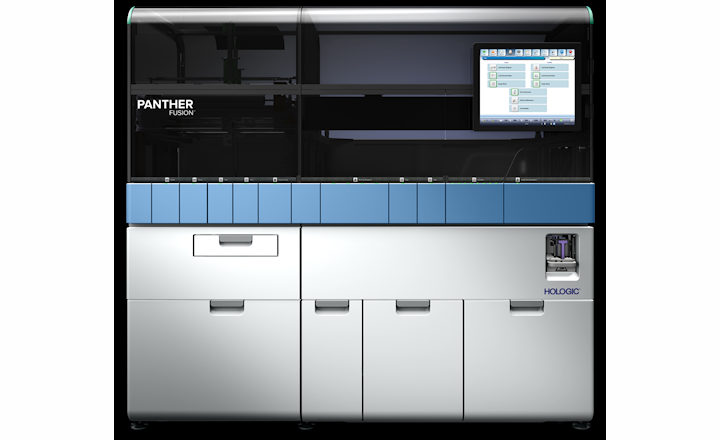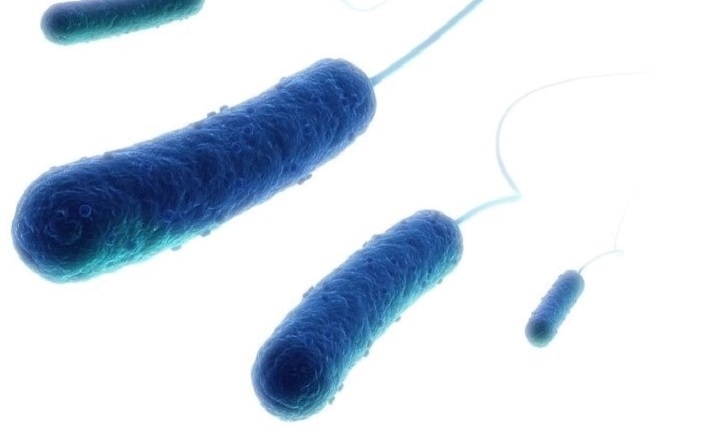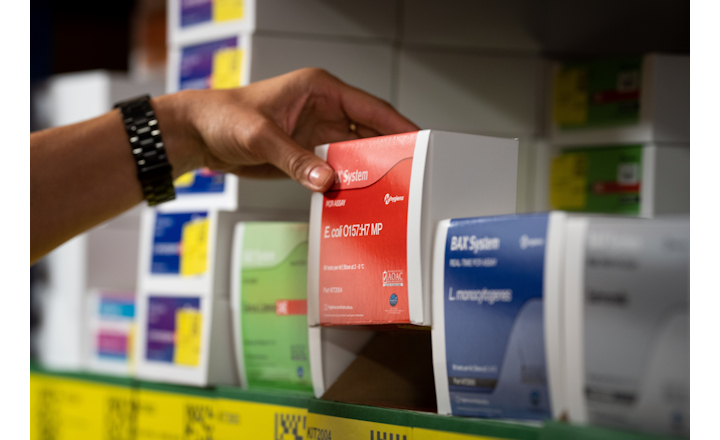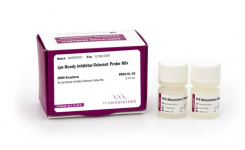By Roy Betts - Fellow at Campden BRI
Early in 2020 the German Federal Institute for Risk Assessment (BfR) published an extensive paper on the sources, risks and prevention of pathogenic E. coli in flour (and products containing raw flour). It followed a survey in Germany, that indicated between 10% and 30% of flour samples tested contain Shiga Toxin Producing E. coli (STEC): a pathogen capable of causing large outbreaks of severe illness.
Outbreaks
The risks clearly come from products that incorporate raw flour, that are not fully cooked before being eaten. Examples would be raw doughs, cake and cookie mixes. These are not theoretical risks. In the USA in 2019, 21 people were involved in an STEC outbreak linked to raw flour, and in 2016, 63 people were affected in a flour-related outbreak in which 17 were hospitalised and one developed severe kidney disease.
STEC survivability in flour
The BfR report indicates that, as well as the high prevalence in recently produced flour, these organisms can remain viable in flour stored at ambient conditions for at least nine months. This time is shortened under elevated temperatures but increases as temperatures are reduced below ambient.
In response to this risk, some food producers have switched to using heat-treated flour in products that may not be fully cooked before being eaten (e.g. cookie doughs, or products using dusting flour). The report, however, shows that the heat resistance of STEC is increased in the low water activity conditions of flour. For wheat flour with a water activity of 0.45, the D values - which is the time taken to reduce cell numbers by a factor of 10 - were reported as between 5.75 and 18.2 minutes at 70°C. This tells us that the organisms are considerably more heat resistant in the wheat flour than the same organisms in high water activity conditions where a similar reduction would occur in approximately 20 seconds.
Keeping STEC under control
The report notes a number of potential controls that could lower food safety risks. These are based around the knowledge that flour is a raw product and potentially contaminated with pathogens. The controls include:
- separation of flour from ready-to-eat foods
- use of separate utensils for flour operations
- hand washing after contact with flour, and
- not consuming unbaked products
The report also stresses that for wet products (doughs etc.), cooking at 70°C for two minutes is sufficient to eliminate these organisms (a six log reduction). In dry flour, STEC are not killed at a temperature of 70°C, unless long process times are used.
Campden BRI offers microbiological risk assessment and heat process validation services. Accredited testing for STEC is also available, contact Campden BRI or visit www.campdenbri.co.uk.







